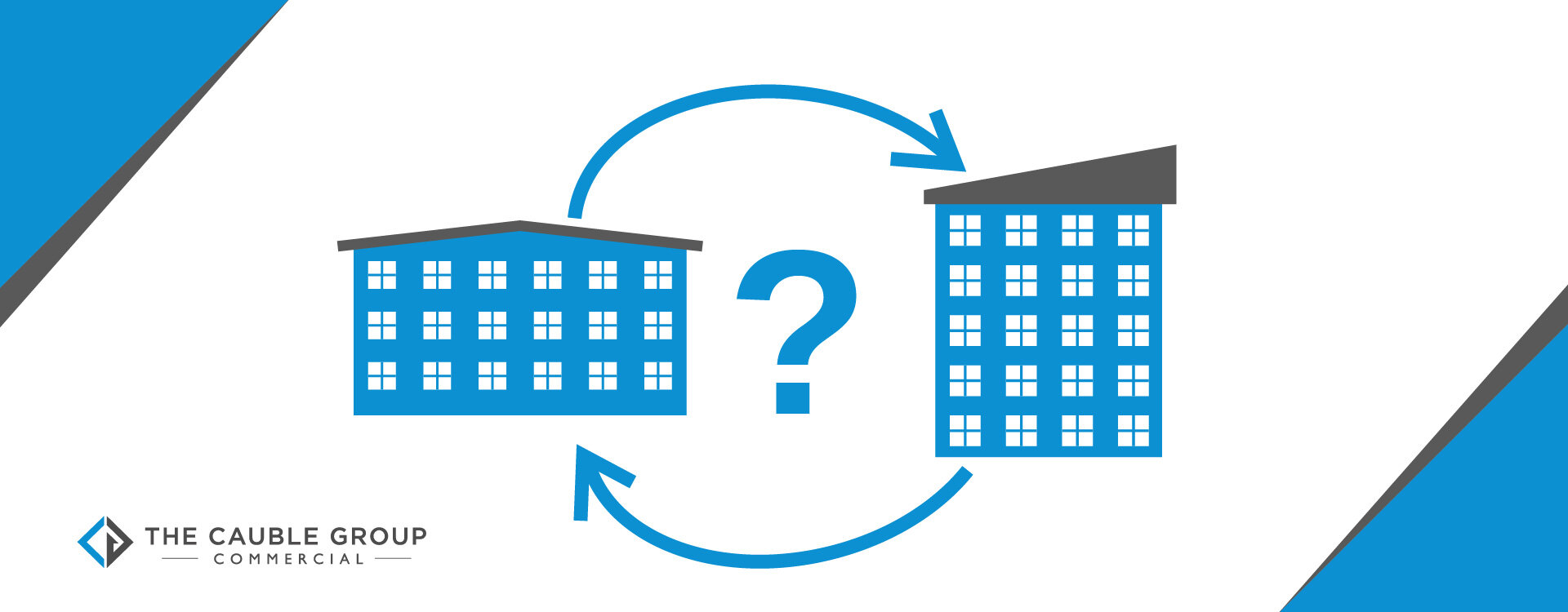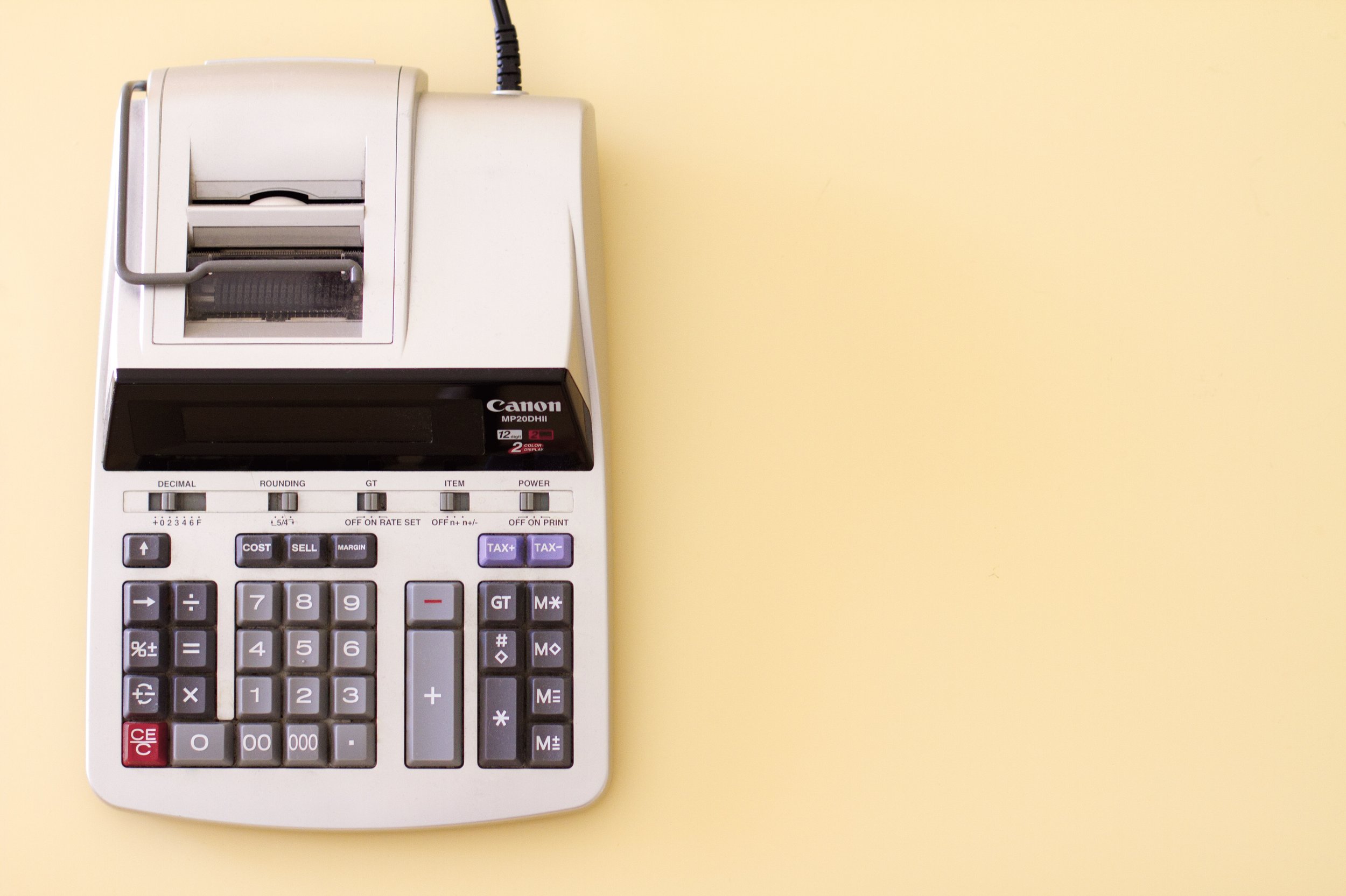How To Do A 1031 Exchange
Real estate markets are evolving constantly, so it’s important to review your portfolio frequently as new opportunities become available and as your financial objectives shift.
If you are a real estate investor and thinking about either buying or selling property, it is important to be familiar with the 1031 tax-deferred exchange, which allows property owners to sell their current property and acquire a different property while deferring capital gains taxes.
Capital gains taxes can reach up to 20% for high earners, so this tax-deferment tool can be used as an effective investment strategy as you buy and sell properties.
First, What is a 1031 Exchange?
A 1031 Exchange gathers its name from section 1031 of the IRS code, which says:
“No gain or loss shall be recognized on the exchange of real property held for productive use in a trade or business or for investment if such real property is exchanged solely for real property of like kind which is to be held either for productive use in a trade or business or for investment.”
To put it simply, this section allows you to avoid paying capital gains taxes when you sell a property and re-invest the proceeds into a property of equal or greater value if you locate and purchase the new property within a certain time frame.
Anyone who owns property held for a business use or investment purposes qualifies for a 1031 exchange, but personal residencies and the majority of fix-and-flips do not qualify for this type of tax deferment.
Why Should You do a 1031 Exchange?
There are a number of reasons that make 1031 exchanges attractive to investors.
Here are a few reasons that property owners use a 1031 exchange.
Improved Cash Flow
If you have a high-equity property or one that is “free and clear,” it may be a good time to take that equity and invest it into a property of higher value where you can improve cash flow.
The 1031 Exchange actually allows you to reinvest the proceeds of your sold property into a newer, more expensive property, so you could use the equity that you have built in your first property and place it into a replacement property with a much greater cash flow without actually pulling out any more cash.
Property and Asset Management
If you have acquired multiple assets over the years like single family homes, you may want to exchange your property for something that requires less hands-on management such as a well-managed multifamily property.
Estate Planning
If you are estate planning, having a well-managed property will be much less hassle for your heirs to deal with since they may lack experience in real estate and would struggle in property management responsibilities.
Asset Consolidation and division
You also may desire to consolidate multiple assets into one, or take a single asset and divide it across multiple properties.
For example, if you own a large office building and want to pass your cash flowing asset to your grandchildren, it may be difficult to divide a singular asset among a handful of people.
Instead, it would be better and less complicated to have multiple properties that you could assign to each individual.
Diversification
Don’t put all of your eggs in one basket! You would be prudent to diversify your portfolio.
A 1031 exchange allows you to diversify into different regions of the country or into multiple different types of assets.
If you own a single retail property, you may be nervous for the future of the retail market as a whole, so it would be wise to reposition your equity in this singular asset and distribute it across multiple markets, so that if one isn’t performing adequately, you aren’t left high and dry.
Buying a Vacation Home
Yes! The 1031 Exchange actually allows you to reinvest the proceeds from one of your investment properties into a vacation home that your whole family can enjoy, but of course there are a few rules for this type of exchange as well.
The property being relinquished must have been held for at least two years (24 months) if you are looking to buy a vacation home and defer capital gains.
You must also rent out this property to another person for 14 days during every twelve month cycle. You can, however, rent these 14 days out to a family member as long as the rental rate is at a fair market value.
Executing a 1031 Exchange
There are a few rules to follow when executing a 1031 exchange, and it extremely important to be aware of what you can and cannot do according to IRC 1031 in order to ensure that you receive the full benefits of the 1031 Exchange.
As a general rule for enjoying a full tax deferral, a taxpayer must first reinvest all net exchange proceeds, and then acquire property with the same amount or a greater amount of debt.
Like-kind property
Like-kind property simply means that real estate must be exchanged for real estate.
You can exchange a vacant piece of industrial land for an A-class office building, or a two single family homes (investment properties, of course) for a retail strip, but you cannot use a 1031 exchange to do something like buy shares in the stock market with the proceeds from a sold quadplex.
The property must be held for investment or business purposes, and cannot be used for personal uses or immediate resale, although immediate resale can be somewhat blurry of a line.
If it is clear that there was no intention to flip immediately, you could potentially trade the property the day following the purchase of it if your initial intention for purchasing the property was as an investment (although these situations are very rare).
45 Day Identification Window
You must conclude your transaction within the allowed time frame of the IRS sec. 1031 code in order for your exchange to receive the benefits of a 1031 exchange.
Within 45 days of selling your assets, you must identify the replacement property for these assets.
You can use one of the rules below when identifying your replacement property:
1. Three Property Rule
In the identification period, you have the option to identify up to three properties as potential replacements for your sold property, no matter what their value is.
Selecting the maximum amount of potential replacement properties is almost always the best thing to do, so that you have multiple options in the case that one property ends up not working out.
2. 200% Rule
The 200% rule enables you to assemble four or more potential replacement properties as long as their total value does not exceed 200% of the value of your sold asset.
3. 180 Days to Close
Within 180 days of closing on the sale of your previous asset, you must have completed the sale for the replacement property.
In this 180 day time-frame, you are also allowed to do construction on the property or make improvements on the property as long as it is complete before the 1031 exchange deadline.
Any improvements made after the 180 day period are viewed as personal property and will not count as part of the exchange.
The Two Types of 1031 Exchanges
Delayed Exchange
In a delayed exchange, the previously owned property closes first, the new property is identified, and then the new property is purchased within the 180 day time-frame.
There is some risk associated with a delayed exchange because you may not be able to find and purchase a property that fits.
Reverse Exchange
In a reverse exchange, the new property is purchased first and is then held by an exchange accommodation holder who is a qualified intermediary, and a qualified exchange accommodation agreement is signed.
The same time frame applies to a reverse exchange as it does to a delayed exchange, but you will instead have 180 days to complete the sale of your property.
What is a Qualified Intermediary?
The qualified intermediary or “QI” works on your behalf as the facilitator for a 1031 exchange who receives and holds the proceeds of the relinquished property and then uses the proceeds to purchase the newly identified property.
It is of upmost importance to choose wisely when it comes to choosing a qualified intermediary because there isn’t much government oversight in how QIs are regulated, and there aren’t any educational or licensing requirements for a qualified intermediary.
Even the slightest error could disqualify you from receiving the benefits of a 1031 exchange, so it is wise to choose a QI who is knowledgeable and experienced in sec. 1031 of the IRC.
Some questions to consider when choosing a QI:
How big is the company? You may want to consider working with a larger team, so that if there is an emergency, there will be more than one person that will be able to assist you. Exchanges have devastatingly fallen through and left investors out to dry.
Does your QI carry errors & omissions and fidelity insurance? If the intermediary makes a mistake, you will want to make sure you are covered! Fidelity insurance will cover any financial loss incurred from fraudulent activity that is performed by the intermediary company. The most important thing to find out from you QI is how you funds will be handled between the time of sale and purchase of your property. Unfortunately there have been cases of separate funds being mingled and used for investment activities, only to leave their sellers “down the creek without a paddle.” You will want to make sure that your money is only being held for the purpose of executing the exchange, so that you will have a smooth transaction when the time comes to purchase the new property.
Other Items to Keep in Mind
Cash Boot
If your replacement property is of lesser value than the original asset, the difference can be taxed- this is called a cash boot.
The presence of a mortgage is allowed on either side of a 1031 exchange, but if the mortgage on the replacement is less than the property being sold, this can also cause a cash boot.
Some fees associated with real estate transactions can also cause a cash boot, but fees such as broker commissions, attorney fees, title insurance premiums, escrow fees, and filing fees are included in the list of fees that can be paid with exchange funds
Reporting to the IRS
Once the exchange is complete, you will need to report the exchange to the IRS using the form 8824 in the same year in which the exchange took place.
Form 8824 will ask you to provide information including property descriptions, relationships between parties, property values, profit and loss, cash received, etc.
Before You Get Started…
It is critical to consult with your legal and financial advisors before conducting a 1031 Exchange along with your real estate agent and all other appropriate parties that will be involved in the process.
Time is of the essence in a 1031 exchange, so it is important to have a solid plan in place and to communicate this plan to all of those whom you are working with before you begin to move forward.
Investors are able to successfully complete a 1031 exchange on their own, however, this process is a very complicated and involved, so it is crucial to work with experienced people that will be able to lead you through each step, and ensure that you will execute it successfully.
About The Author:
Sam Turner is a Native Nashvillian and currently serves as an Associate Broker for The Cauble Group. Working with investors, developers, and business owners from around the country, Sam is an expert in digging up off-market deals and connecting people. Sam values his relationships with people, and he values the opportunity to be able to play a role in the way his beloved hometown continues to grow.
















If you're serious about real estate investing, it's time to look beyond those quaint single-family homes.
Bold statement? Absolutely. But stick with me here.
Now, don't get me wrong. Investing in a single-family home beats twiddling your thumbs on the sidelines of the real estate game. And yes, I'll even go out on a limb and say that residential real estate still outshines many other investment vehicles out there.
But that's not why we're here today, is it?
I'm about to lay out five reasons why commercial real estate should be your go-to play.